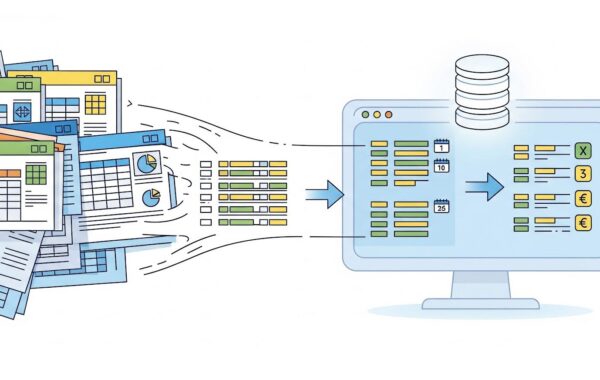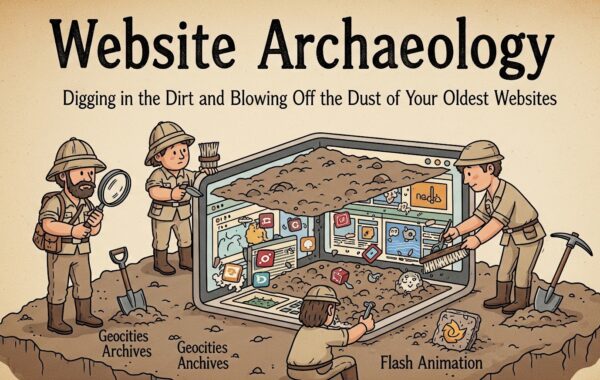The year 2020 was unprecedented in many ways – a pandemic, worldwide lockdowns, racial unrest in the US and a global economic recession. It was also a record-breaking year for web accessibility lawsuits with cases up almost 25% compared with 2019.
As you might expect, it was a slow start for case filings at the beginning of 2020 due to lockdowns and subsequent office closures, but this changed mid-year when there was a sharp and sudden increase in lawsuit filings for ADA violations.
You can read UsableNet’s Full ADA Lawsuit Report for a detailed review on the thousands of cases that allegedly violate the Americans with Disabilities Act, but here are a few relevant trends and takeaways from that report:
2020 Accessibility Lawsuits – Key Statistics:
- The total number of cases for digital accessibility is up by 20%
- A total of 3,550 cases were filed in 2020 (this equates to 10 per business day)
- Post COVID-19 lockdown the lawsuit filing rate increased by more than 50%
- 21% of lawsuits are against companies who have received web accessibility lawsuits in the past
- Over 250 of the companies sued had invested in accessibility widgets or overlays
2020 Accessibility Lawsuits – Key Trends:
- A significant lack of compliant web accessibility in the retail sector
- A rise in video accessibility claims
- Multiple lawsuits filed against a single organisation
- COVID-19 causing fluctuations in lawsuit filings
A significant lack of compliant web accessibility in the retail sector:
Nearly 4 out of 5 case filings were linked to the retail industry, with almost 2,000 retailers sued in 2020. This can be attributed to the fact that most retailers have websites and apps online, which are often large and complex, with a high rate of content changes. Factor in that Digital Teams often have limited resources and you end up with the retail industry responsible for a whopping 78% of accessibility cases in the US last year.
A rise in video accessibility claims:
Most digital accessibility violation lawsuits are for desktop websites, making up 3,235 out of the 3,550 claims in 2020. However, a “new trend in video content claims,” is emerging which demands that “all videos have closed captions and audio descriptions.” Video accessibility was also cited in 150 claims, making it the third most-cited reason for a digital accessibility lawsuit in 2020. Websites should have reliable video captioning services, audio descriptions, and live automatic captioning to reduce the risk of a lawsuit and improve the online viewing experience.
Multiple lawsuits filed against a single organisation :
With over 20% of cases filed against companies that have already been sued in the last two years, it seems many businesses are not implementing the necessary changes to avoid future litigation. There is, in fact, a 1 in 5 chance that an organisation will receive a second lawsuit within 12 months of the first one. This high number of multiple lawsuits can also be attributed to an organisation having several platforms – sometimes the first lawsuit is for the main website and the second for an app or subdomain. There were also cases of the same website being targeted multiple times by independent plaintiffs.
COVID-19 causing fluctuations in lawsuit filings:
Unsurprisingly, the world of web accessibility was not immune to the effects of the COVID-19 pandemic. As with many other industries, as lockdowns came into effect at the beginning of 2020, there was a temporary slowing down in activity – in this case, monthly lawsuit filing numbers. However, by June there was a surge in lawsuits and the year ended with December seeing a 100% rise in lawsuit filings over January. In addition to this, to keep up with the increased demand for online shopping, companies have been creating e-commerce stores and websites at a rapid pace. Unfortunately, most of their web accessibility initiatives are not keeping up with the demand.
Conclusion
Lawsuits are a constant threat for businesses, and having already had one lawsuit filed against them does not reduce the risk of another one.
We at Little Forest support your business with automated accessibility monitoring, helping you improve the web experience for your users whilst avoiding costly lawsuits and fines. We work with you to understand the compliance of your site and use the reports to help you put together an accessibility strategy. The Little Forest platform gives you instant reports on how your pages perform against all major standards. We are continuously upgrading our systems to be in line with the latest legal requirements helping you stay in line with the latest guidelines.
Is your business compliant with the latest Web Accessibility guidelines? Get in touch and speak to the Little Forest team today!












